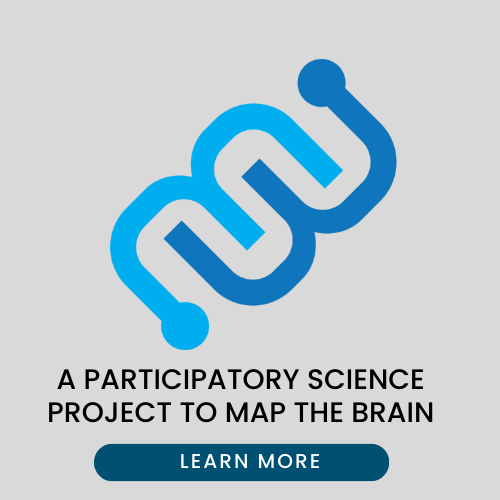Civic Science Times
Public engagement with science: Global databases needed

As the United States government’s war on science grows in strength and resolve,[1] it is more critical than ever for scientists to raise their hands and make clear the beauty and complexity of their discipline to a wider audience. For centuries, the academic community was self-reliant: researchers made discoveries underground and behind closed doors, remaining anonymous while the public benefited from their work. But now, as science enters the political crosshairs, scientists can no longer afford to keep to themselves. They must communicate their research to demonstrate its value to society.
Fortunately, a growing population of scientists, graduate students, and teachers have embraced this demand. Thousands of individuals and groups are sharing the science gospel with the media, policymakers, and the public, with the goal of bridging the wide chasm between scientists and everyone else.
But currently, the science engagement community is not well coordinated. Those who want to get into the field have trouble finding a clear path forward, while those who are already involved don’t have an easy way to attract colleagues or volunteers. As a result, the mission to increase science literacy struggles to grow, and its influence remains limited. Communicators are left throwing apples from the crowd, when they could really use a loudspeaker.
To help solve this problem, we recently built a new online database of science outreach initiatives called SciReach.[2] Our aim is to give participants in science outreach and communication a home where they can collaborate, share ideas, find inspiration, and build a strong, unified voice that can contribute meaningfully to the ongoing discussion about science’s value to the world. So far, the database has accrued almost 200 initiatives, and it continues to grow.
Science communicators will ultimately find their strength in numbers, but to do that, they first have to find each other.
References
Fanuel Muindi is a former neuroscientist turned civic science scholar-journalist and entrepreneur. He is a Professor of Practice in the College of Arts, Media, and Design at Northeastern University where he leads the Civic Science Media Lab. Dr. Muindi received his Bachelor’s degree in Biology and PhD in Organismal Biology from Morehouse College and Stanford University respectively. He completed his postdoctoral training at MIT.

-
Civic Science Times4 weeks ago
Examining science and art collaborations through a social psychology lens reveals the need for third spaces
-
Civic Science Times3 weeks ago
ScienceWriters2025 conference is actively seeking new venues, sponsors, and partners. Read their statement to explore ways to help.
-
CivicSciTV - Questions of the Day3 weeks ago
Part time bartender & scientist, JP Flores, talks about new funding to support a community engagement project in North Carolina
-
Civic Science Times2 weeks ago
New survey explores what people in South Africa expect of publicly visible scientists – why it matters



















